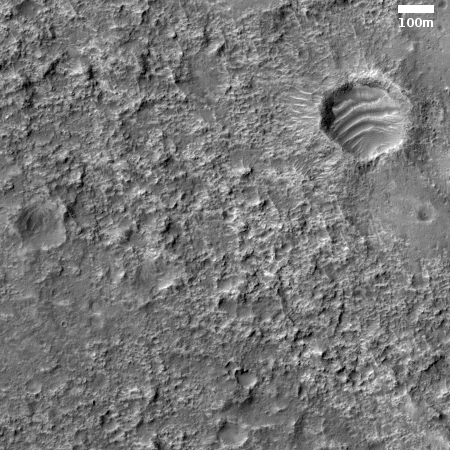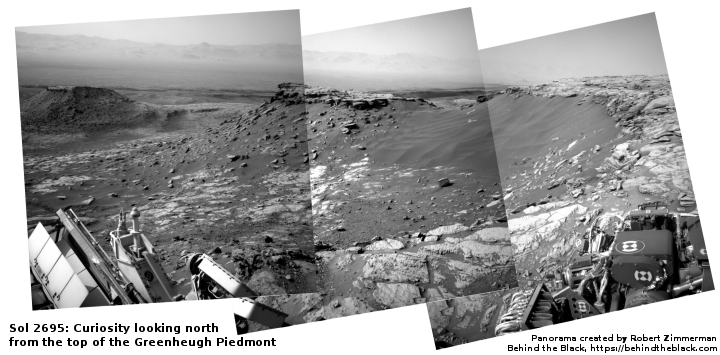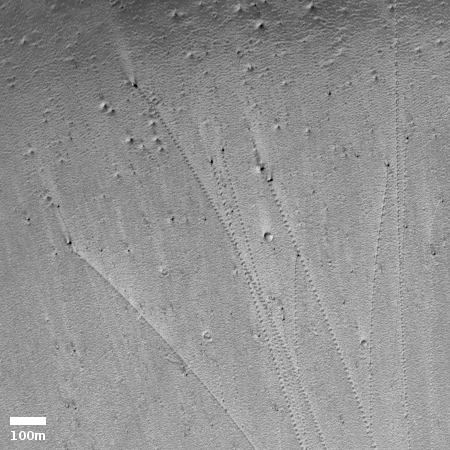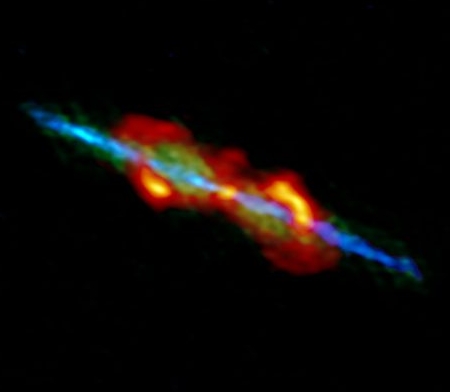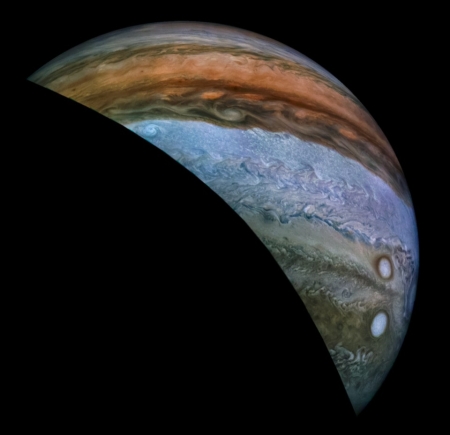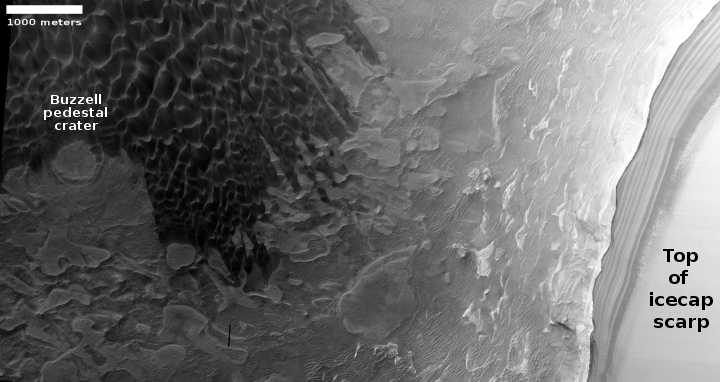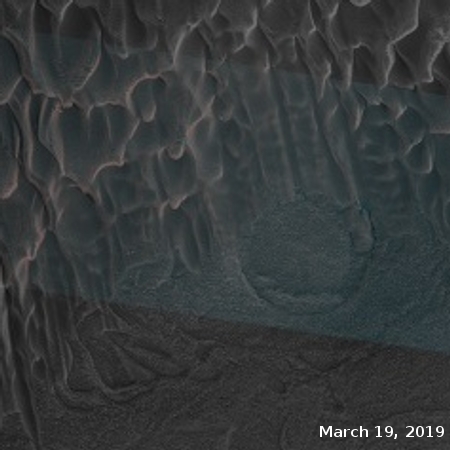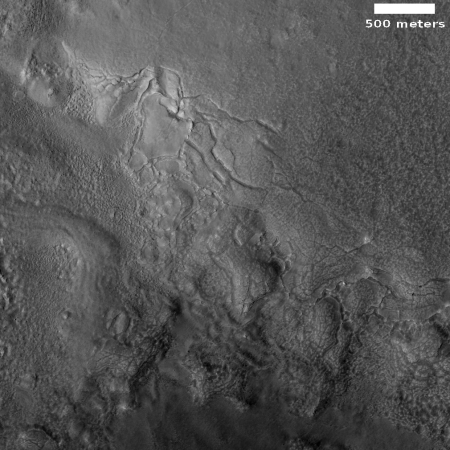The last cargo Dragon to berth with ISS using robot arm
Astronauts yesterday used the robot arm on ISS to berth SpaceX’s cargo Dragon freighter, the last time a Dragon capsule will be berthed to the station in this manner.
The successful supply deliver marked the 20th time a SpaceX Dragon cargo capsule has arrived at the space station since May 2012. The mission, known as CRS-20 or SpaceX-20, also the final flight of SpaceX’s first-generation Dragon spacecraft, which the company is retiring in favor of a new Dragon capsule designed to dock directly with the space station without needing to be captured by the robotic arm.
I could put this another way that is more embarrassing to NASA. After twenty flights, the agency has finally admitted that SpaceX can design a spacecraft that can do automatic dockings, and is now willing to allow it.
That of course is a gross simplification. Nonetheless, the successful unmanned demo flight last year of SpaceX’s crew Dragon, docking directly with ISS, has proven SpaceX can do it. And since that crew Dragon is essentially the same design for SpaceX’s future cargo Dragons, it makes sense to shift from robot-arm-berthing to direct docking for all future Dragon flights.
Astronauts yesterday used the robot arm on ISS to berth SpaceX’s cargo Dragon freighter, the last time a Dragon capsule will be berthed to the station in this manner.
The successful supply deliver marked the 20th time a SpaceX Dragon cargo capsule has arrived at the space station since May 2012. The mission, known as CRS-20 or SpaceX-20, also the final flight of SpaceX’s first-generation Dragon spacecraft, which the company is retiring in favor of a new Dragon capsule designed to dock directly with the space station without needing to be captured by the robotic arm.
I could put this another way that is more embarrassing to NASA. After twenty flights, the agency has finally admitted that SpaceX can design a spacecraft that can do automatic dockings, and is now willing to allow it.
That of course is a gross simplification. Nonetheless, the successful unmanned demo flight last year of SpaceX’s crew Dragon, docking directly with ISS, has proven SpaceX can do it. And since that crew Dragon is essentially the same design for SpaceX’s future cargo Dragons, it makes sense to shift from robot-arm-berthing to direct docking for all future Dragon flights.

